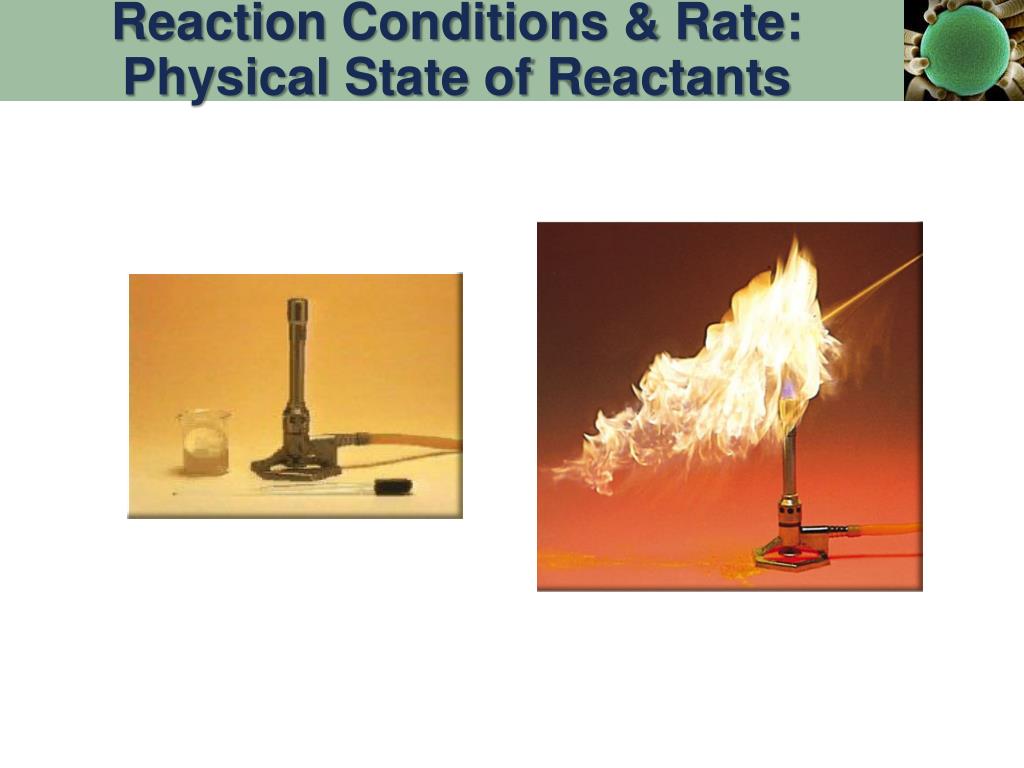
This means that even what is considered just skunk weed, can be six to ten times more potent than what was available in the 60’s and 70’s. Average THC levels rose from less than one percent in the mid-1970s to more than six percent in 2002. Meanwhile, the prevalence of higher potency marijuana (which is measured by the levels of THC delta-9-tetrahydrocannabinol) is increasing.Īccording to the Office of National Drug Control Policy, marijuana is much more powerful and so are the mind-altering effects associated with use. Students of all ages today have access to the Internet where they can easily find websites that promote marijuana use, kits for beating drug tests, and can advertise and sell marijuana and paraphernalia. Researchers attribute this to the significant increase of pro-drug messages in multimedia venues. By 2001, the proportion of under-18 users had increased by 67% since the 1960’s. According to the National Survey on Drug Use and Health, 95 million Americans age 12 and older have tried pot at least once. Second only to alcohol, marijuana is the most popular and widely used drug in the United States.

The opposite effect is demonstrated by food in a fridge, the cooler temperature slows down the reaction between oxygen and bacteria that makes the food spoil. Examples of catalysts include platinum which is used in car exhausts to break down harmful emissions and yeast is a biological catalyst that speeds up the process of fermentation. Place the balloons on top of the containers and lift them up so the alka selzer drops into the water when the balloon is already on top!Ĭompare the difference between rates of reaction with a half an alka seltzer in one piece and the same size but crushed.Ĭan you guess which of these four jars contained the warmest water?Ī catalyst is a substance that speeds up a chemical reaction but is not changed itself by the reaction and can be used again. Try crushing the alka seltzer and placing it inside the balloons. Quickly place a balloon on top and compare the size of each balloon after 30 seconds and one minute. Half fill one container with warm water and one with cold water.ĭrop half an alka seltzer into each container ( weigh them to make sure they are the same size ) You’ll needĬold water Instructions – rate of reaction experimentīlow up each balloon and let the air out. The dependent variable ( the one we measure ) is the amount of gas produced. To make this investigation a fair test use the same size and type of container, the same amount of alka seltzer and water and the same amount of time allowed for the reaction to occur. We are measuring this by catching the gas in a balloon placed on top of the bottle containing water and alka selzer. The amount of carbon dioxide gas released in a certain time when the alka seltzer reacts with the water.

This simple activity uses alka seltzer placed in hot and cold water to investigate where it reacts the fastest. Please be careful when trying this at home that the water you use isn’t too hot as it could spill out or burst the balloon, especially if you use a smaller container. We’ve designed a very simple experiment to demonstrate this using alka seltzer and hot and cold water. The higher the temperature the faster the reaction, this is because if you heat up a substance the particles have more energy and move around faster meaning they have more contact with the other reactive substance. We’ve observed this very simply in the past by adding more alka seltzer to a lava lamp which gives a bigger and faster reaction.

The higher the concentration, the faster the reaction, this is because there is more of the reactive substance available to react. The smaller the particles the faster the reaction, this is because there is a larger surface area available to react with the other substance. For example, gold is very un-reactive, while sodium and potassium are so reactive that they tarnish instantly when exposed to the air. Some react slowly and some much faster depending on the bonds that need to be broken. Reactants are the two substances you combine to get the reaction.

SUBSTANCES THAT HASTEN CHEMICAL REACTION TIME HOW TO
Taking this a step further we’re going to investigate how to speed up a chemical reaction, while still keeping things very basic and easy to understand. We’ve also observed the reaction between baking soda and vinegar before, both of which are very safe for even young children to observe. Last week we tried a simple chemical reaction to investigate alka seltzer reacting with water.


 0 kommentar(er)
0 kommentar(er)
